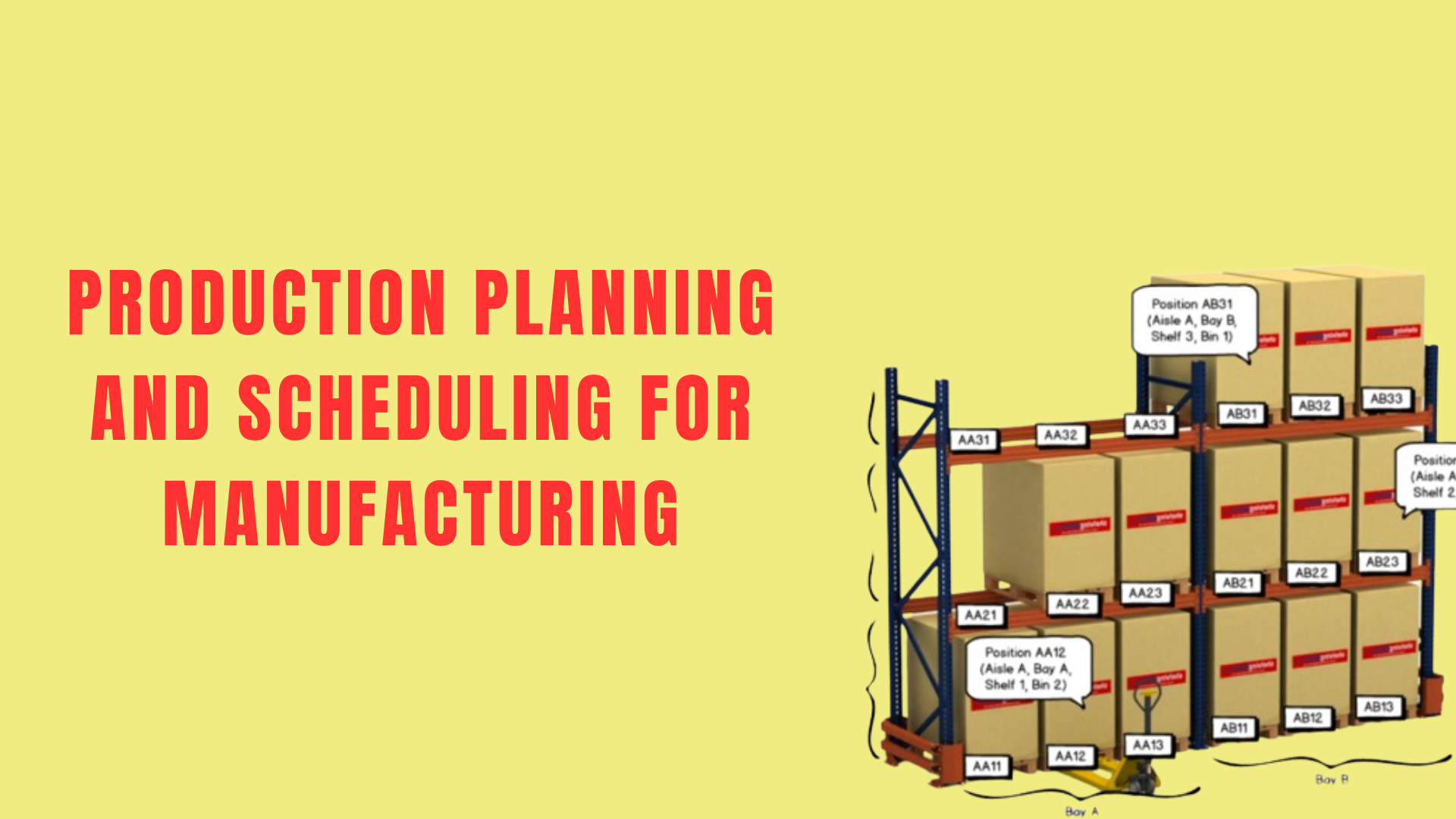In the dynamic world of manufacturing, efficiency is the name of the game. To stay competitive, manufacturers need to continuously optimize their processes, and a crucial aspect of this optimization is production planning and scheduling. These two pillars lay the groundwork for smooth operations, effective resource utilization, and timely delivery of products. In this blog post, we’ll delve into the intricacies of production planning and scheduling and explore how manufacturers can master these processes for enhanced productivity and profitability.
Understanding Production Planning:
Production planning is the process of determining what products to produce, in what quantities, and when. It involves analyzing demand forecasts, considering available resources, and aligning production goals with overarching business objectives. Effective production planning sets the stage for efficient manufacturing operations by ensuring that the right resources are in place at the right time.
Key Components of Production Planning:
- Demand Forecasting: Accurately forecasting demand is fundamental to production planning. By analyzing historical data, market trends, and customer feedback, manufacturers can anticipate future demand and adjust their production plans accordingly.
- Resource Allocation: Production planning entails allocating resources such as raw materials, equipment, and manpower in a manner that maximizes efficiency and minimizes waste. This involves balancing capacity constraints with production requirements to avoid bottlenecks or underutilization of resources.
- Inventory Management: Maintaining optimal inventory levels is critical for seamless production. Production planners must strike a balance between carrying costs and stockouts by implementing inventory control strategies such as just-in-time (JIT) inventory management or economic order quantity (EOQ) models.
The Importance of Scheduling:
While production planning lays out the blueprint for manufacturing activities, scheduling is the process of determining when each task will be executed within the production plan. It involves sequencing production activities, assigning resources to specific tasks, and establishing timelines to ensure smooth workflow execution.
Key Aspects of Scheduling:
- Sequence Optimization: Scheduling involves arranging production tasks in the most efficient sequence to minimize idle time and maximize throughput. This may require considering dependencies between tasks, setup times, and machine availability to create an optimized production schedule.
- Resource Leveling: Resource constraints such as machine capacity or labor availability can impact production scheduling. Resource leveling techniques aim to smooth out resource utilization over time to prevent overloading or underutilization of critical assets.
- Real-Time Adaptability: Manufacturing environments are inherently dynamic, with unexpected disruptions and changing priorities. A robust scheduling system should be capable of adapting to unforeseen events in real-time, whether it’s machine breakdowns, rush orders, or supply chain disruptions.
Leveraging Technology for Production Planning and Scheduling:
In today’s digital age, manufacturers have access to a plethora of advanced technologies that can revolutionize production planning and scheduling processes.
- Enterprise Resource Planning (ERP) Systems: ERP systems integrate various aspects of manufacturing operations, including production planning, inventory management, and resource allocation. By centralizing data and automating routine tasks, ERP systems streamline production planning processes and facilitate better decision-making.
- Advanced Planning and Scheduling (APS) Software: APS software utilizes algorithms and optimization techniques to generate highly efficient production schedules. These tools consider multiple constraints and objectives to create schedules that minimize costs, reduce lead times, and maximize resource utilization.
- Internet of Things (IoT) Sensors: IoT sensors embedded in manufacturing equipment can provide real-time data on machine performance, energy consumption, and production metrics. By leveraging IoT data, manufacturers can proactively identify bottlenecks, predict maintenance needs, and optimize production schedules for improved efficiency.
Conclusion:
In today’s hyper-competitive manufacturing landscape, production planning and scheduling play a pivotal role in driving operational excellence. By adopting a strategic approach to production planning, leveraging advanced scheduling techniques, and harnessing the power of technology, manufacturers can optimize their processes, enhance productivity, and stay ahead of the curve. As the manufacturing industry continues to evolve, mastering production planning and scheduling will be key to achieving sustainable growth and profitability.









